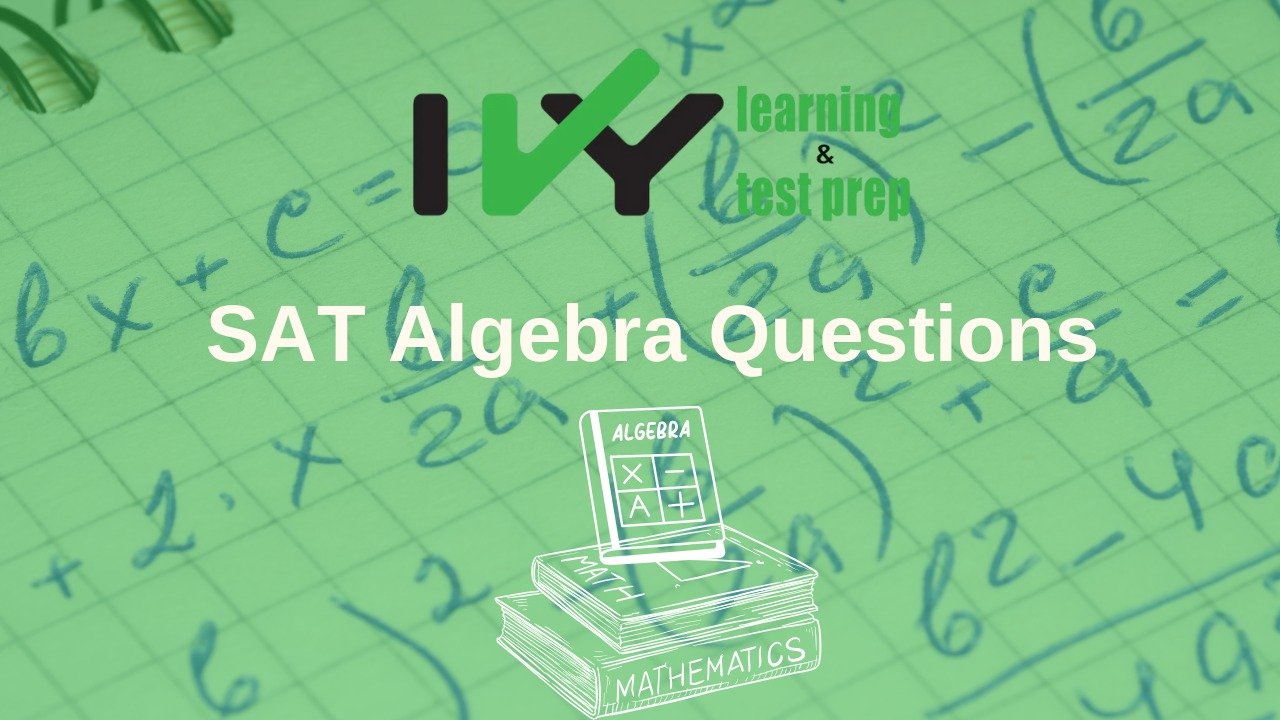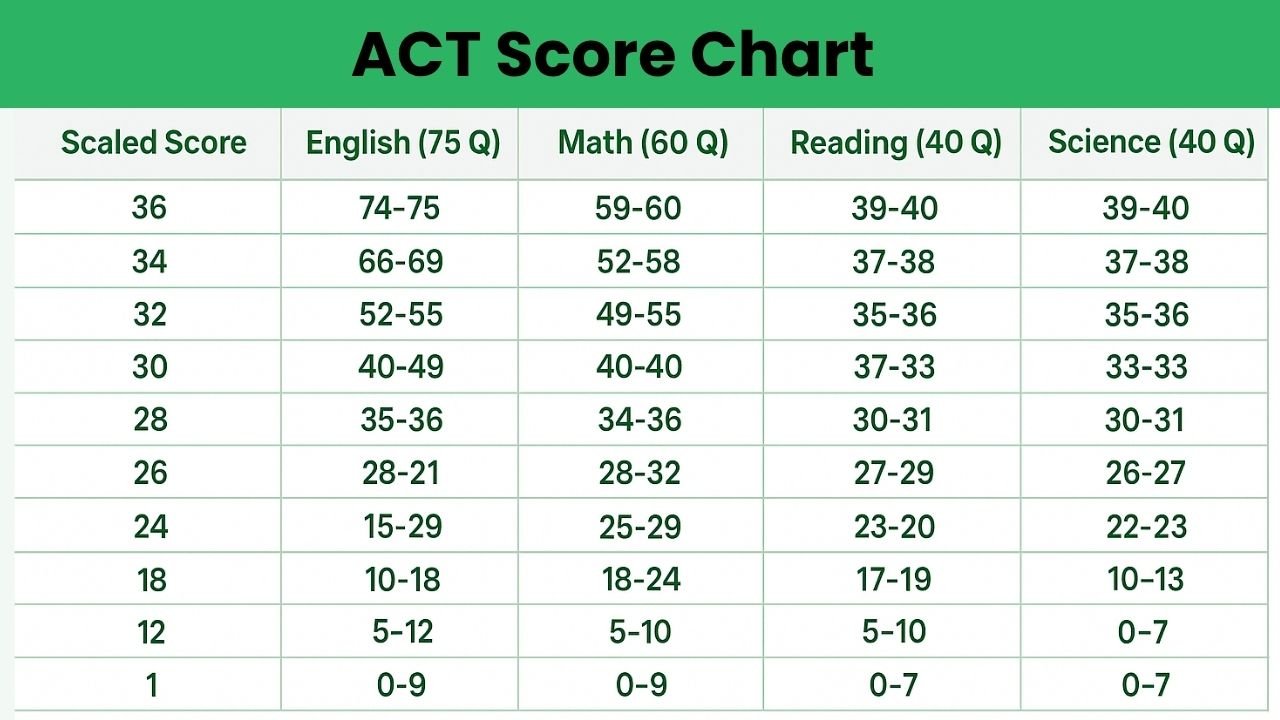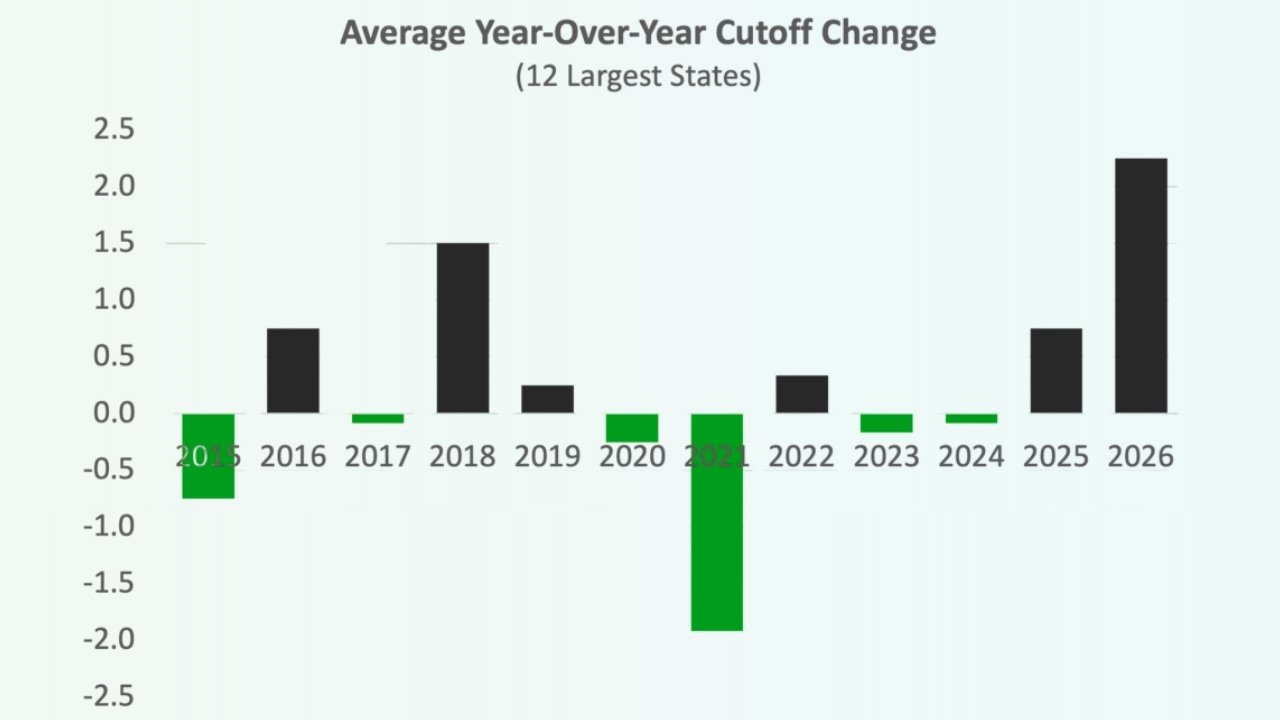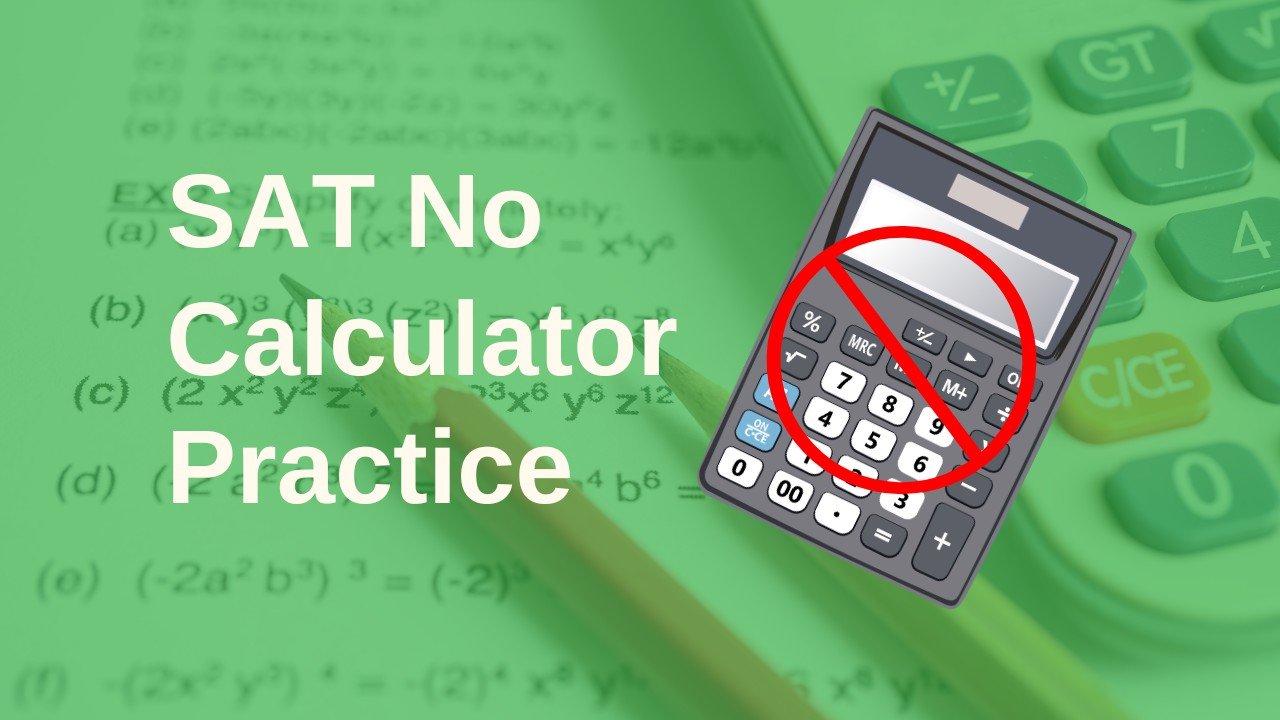Algebra is one of the most important of the SAT. Even during the PSAT, Algebra becomes a major part of the test that assesses students’ logical reasoning, not just computation. The section tests students’ ability to reason with structure, how one quantity depends on another. Every question links ideas: constants anchor, variables shift, and solutions emerge through balance.
The College Board emphasizes this category in SAT math, calling it Heart of Algebra. This is because it shapes your entire SAT math foundation. Once you see how relationships form and resolve, complex problems simplify into direct actions.
What Is Tested With SAT Algebra Questions?
Students get around 19 Algebra questions in both math modules. You can call them the concepts from linear relationships, systems of equations, quadratic equations, and functions. Each problem helps assess your precision toward words in equations. Also, how quickly can you identify what depends on what? The skill lies in reasoning, not memorization.
Concept | Description | Common SAT Task |
Linear equations | Constant rate of change | Find slope, intercept, or intersection |
Systems of equations | Two or more relationships | Solve for the shared variable |
Quadratic equations | Curved relationships | Factor, find the vertex or zeros |
Functions | Input-output rule | Evaluate or compare outputs |
What Are The Linear Equations In SAT Algebra Questions
In the SAT Algebra questions, the linear questions define consistent changes.
Example:
y=3x+2y = 3x + 2y=3x+2.
The slope (3) tells how much yyy rises when xxx increases by one unit.
The constant (2) shifts the line up or down.
SAT questions create a relationship in practical form, like cost per hour, distance per time, or total with tax. When you recognize slope as “rate” and intercept as “starting value,” word problems become clear.
Systems of Equations: Where Two Ideas Meet
Systems describe two or more linked conditions.
{x+y=10x−y=2\begin{cases} x + y = 10 \\ x – y = 2 \end{cases}{x+y=10x−y=2
Solving find the point where both statements hold. You can use elimination or substitution, but the basic idea stays simple. Both equations depend on the same variables. Their intersection marks agreement.
SAT Math usually comes up with the systems to model share prices, combined speeds, or mixed quantities. The solution shows a balance between connected relationships.
Quadratic Equations: Recognizing Patterns
Quadratic equations curve instead of a line:
x2−4x+3=0x^2 – 4x + 3 = 0x2−4x+3=0
This factors to
(x−3)(x−1)=0(x – 3)(x – 1) = 0(x−3)(x−1)=0,
giving
x=3x = 3x=3 or x=1x = 1x=1
In each term control structure, the middle term shifts the vertex, and the constant sets its height. On the SAT, you may be asked to find intercepts, rewrite in vertex form, or match an equation to a graph. It is not just about memorization; you interpret how terms depend on each other.
Functions: Understanding Dependence
A function links one input to one output.
If
f(x)=2x−5f(x) = 2x – 5f(x)=2x−5,
every value of xxx defines exactly one value of
f(x)f(x)f(x)
The SAT Prep tests this dependency, how output changes when input changes.
Example:
“If f(3)=1f(3) = 1f(3)=1, what is f(6)f(6)f(6)?”
You observe how doubling the input affects the output and reason through the pattern, not guesswork.
Functions may appear as tables, graphs, or nested operations like
f(g(x))f(g(x))f(g(x)).
Always identify the inner relationship first, then apply the outer one.
Inequalities: Boundaries and Ranges
Inequalities define limits.
Example:
2x+1<72x + 1 < 72x+1<7 → x<3x < 3x<3.
They show flexibility; any xxx that satisfies the condition works. In word problems, inequalities often appear as “at least,” “no more than,” or “under budget.”
Remember to flip the sign when multiplying or dividing by a negative number. That rule maintains truth in logical balance.
Your success story begins with us!
We are here for you! Schedule a call with our consultant for personalized advice on achieving your learning goals

Strategy for SAT Algebra Questions
The SAT Algebra questions are undoubtedly hard, but understanding and focusing on the core concept can help you perform better.
- Identify what changes and find the dependent variable.
- Simplify first. Usually, the shorter equations are easier to manage.
- Check direction. Slopes, signs, and inequalities guide meaning.
- Verify by substitution and confirm your solution.
- Focus on reasoning. Every symbol tells you how quantities interact.
Mistakes Students Often Make
- Do not ignore the negative signs.
- Forgetting to flip the inequality direction.
- Mixing variable units (e.g., hours vs. minutes).
- Do not solve only one equation in a system.
- Misreading “rate per” questions.
These mistakes are caused by broken dependencies when the mind separates what should connect. Keep variables linked in thought, and accuracy follows.
FAQs About SAT Algebra Questions
Let’s answer your questions about SAT Algebra
What types of algebra questions appear on the SAT?
They include linear, quadratic, and function-based problems. Many questions include interpreting slope, intercepts, or variable relationships within real-world contexts.
How many Algebra questions are on the SAT Math Test?
Usually, around 19 of the 58 total math questions come from the Heart of Algebra domain.
Are SAT Algebra questions multiple choice or grid-in?
Both. About one-third are grid-in questions where you provide your own numerical answer.
What’s the best way to study for SAT Algebra?
Focus on solving equations logically, one step at a time. Review past SAT Math tests and track common patterns.
How important is Algebra on the SAT?
It’s critical. Algebra creates the base of half the Math test and influences success on higher-level questions in advanced math and problem-solving.
Bottom Line
SAT Algebra focuses on logical reasoning with equations. Each equation connects the input and outcome, slope and shift, rate and constant. When you train to see how one term depends on another, you no longer rely on formulas. Instead of memorization, you read the structure directly. Clear thinking leads to confident answers, both on the test and in life.
Looking for personalized SAT Math tutoring? Explore Ivy Learning’s SAT Tutoring Program to master algebra concepts with expert coaches.
New Digital SAT Math Workbook
New Digital SAT Math Workbook, covering all Digital SAT Math topics with adaptive modules!










